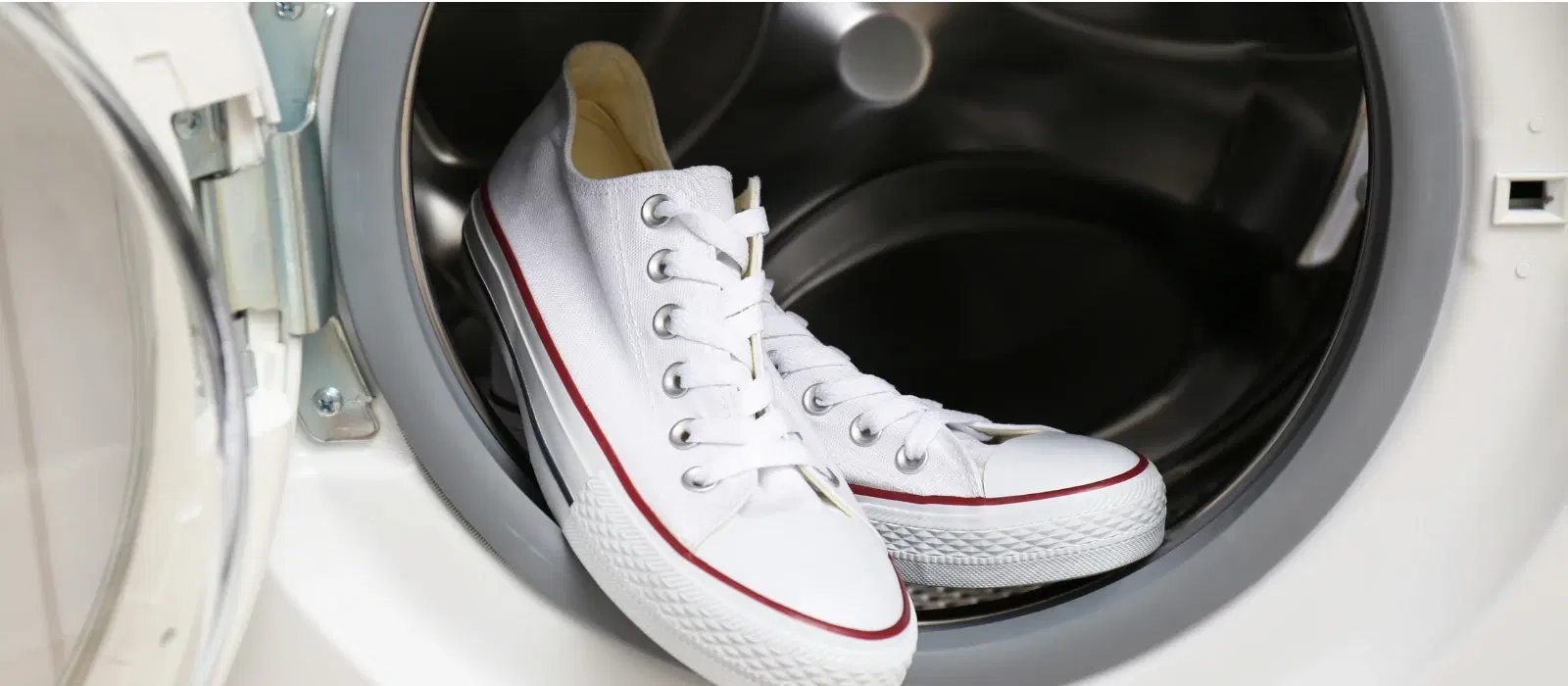
Home Appliances
•04 min read

Few things are more frustrating than discovering your washing machine isn't spinning. Wet clothes and interrupted laundry routines can quickly disrupt your day. A properly functioning spin cycle is essential not only to save time but also to ensure that your clothes come out dryer and fresher after every wash. When you shop on Tata Neu, you not only resolve your appliance issues but also earn NeuCoins and enjoy express delivery for added convenience. In this blog post, we answer the most frequently asked questions about washing machine spin cycle problems, provide actionable troubleshooting tips, and explore the causes and solutions to help you resolve these issues quickly.
The spin cycle is responsible for removing excess water from your laundry by rotating the drum at high speed. When your washing machine fails to spin, you may notice clothes that come out too wet or a drum that seems to have lost its energy. This can disrupt your daily routine and may even impact the overall life of your machine if left unchecked.
There are several reasons why your washing machine drum may not be rotating properly. Overloading the machine or creating an unbalanced load can make it difficult for the drum to achieve the necessary speed. Additionally, a malfunctioning lid switch or issues with drainage can also interfere with the spin cycle. These are some of the common causes of washing machine not spinning, and identifying the root cause is the first step towards resolving the problem.
Ensuring that your laundry is evenly distributed within the drum is key. An unbalanced load can cause the machine to stop the spin cycle as a safety precaution. Try redistributing the clothes and remove any bulky items that may be causing the imbalance. Going forward, do keep in mind the manufacturer's load recommendations to prevent the same issue from recurring.
Another common reason why your washer may not spin clothes dry is a clog in the drain pump or a kinked hose. Inspect these parts for any blockages or debris that might be preventing water from draining properly. A simple cleaning of the drain pump and hose could be all that is required to restore your machine’s performance.

Your washing machine has built-in safety measures, including a lid switch or door lock, which prevents the spin cycle from engaging if the door is not securely closed. If these components are faulty or stuck, the machine may not spin as expected. Checking these parts and replacing them, if necessary, is a useful troubleshooting tip. Remember, if you are ever unsure about how to inspect or replace these elements, consulting an expert might be the best option.
A broken drive belt or a worn motor coupling can significantly affect the washing machine's ability to rotate the drum correctly. These issues are common with prolonged use and might require a replacement part. This common issue often arises after prolonged use, and if you are unsure about the diagnosis, it is advisable to consult a professional technician. If you suspect a problem with the motor's belt or coupling, contact a trusted professional to verify and fix the issue, ensuring that your machine is safe for use.
Sometimes, the issue may lie deeper within the washer, such as a faulty motor or issues with the control board. These problems are often signalled by unusual noises or a sudden cessation of the spin cycle. If these signs appear, know that it is prudent to call in a professional to assess the damage. Addressing these common washing machine spin faults promptly can help avoid further costly repairs later on.
A little maintenance can go a long way. Regular cleaning of the drum, checking the parts for wear and tear, and using the correct detergent are all simple practices that can extend the life of your washing machine. Keeping up with routine maintenance also minimises the chance of future spin cycle problems, ensuring that your appliance continues to serve you effectively.
-31f78126-d5e0-4095-a459-38b8e479087e.png&w=3840&q=75)
While DIY repairs can address many common issues, some problems require the expertise of a professional. If you notice persistent issues such as damaged bearings or electrical faults, it may be time to consult a technician. Timely professional repairs will help maintain the longevity of your appliance and prevent additional complications.
Pro Tip: Prevent Spin Cycle Problems Before They Start
Did you know that overloading your washing machine can wear down its motor and belt faster? To keep your washer running smoothly, always follow the manufacturer's load size recommendations.
Check for unbalanced loads, clogged drain hoses, or a broken lid switch. For mechanical issues such as a faulty motor or belt, it is best to consult a professional technician.
This issue could indicate a broken drive belt, a worn-out motor coupling, or a clogged drain pump. Inspecting these components can help pinpoint the problem.
Usually, an unbalanced load or a malfunctioning spin cycle leads to poor water extraction. A blocked drain pump can also be the culprit, preventing proper water removal.
Often, the problem lies with the lid switch, door lock, or drain pump. Verifying that these parts function correctly and cleaning or replacing any that are faulty should resolve the issue.
The key points to take away are that common causes for a washing machine not spinning include overloading, unbalanced loads, mechanical failures, and drainage problems. Troubleshooting typically involves inspecting the lid switch, drive belt, drain pump, and motor, while regular maintenance can prevent many of these problems. By following these tips, you can maintain your washer's performance while enjoying the value and trust that comes with shopping on Tata Neu.